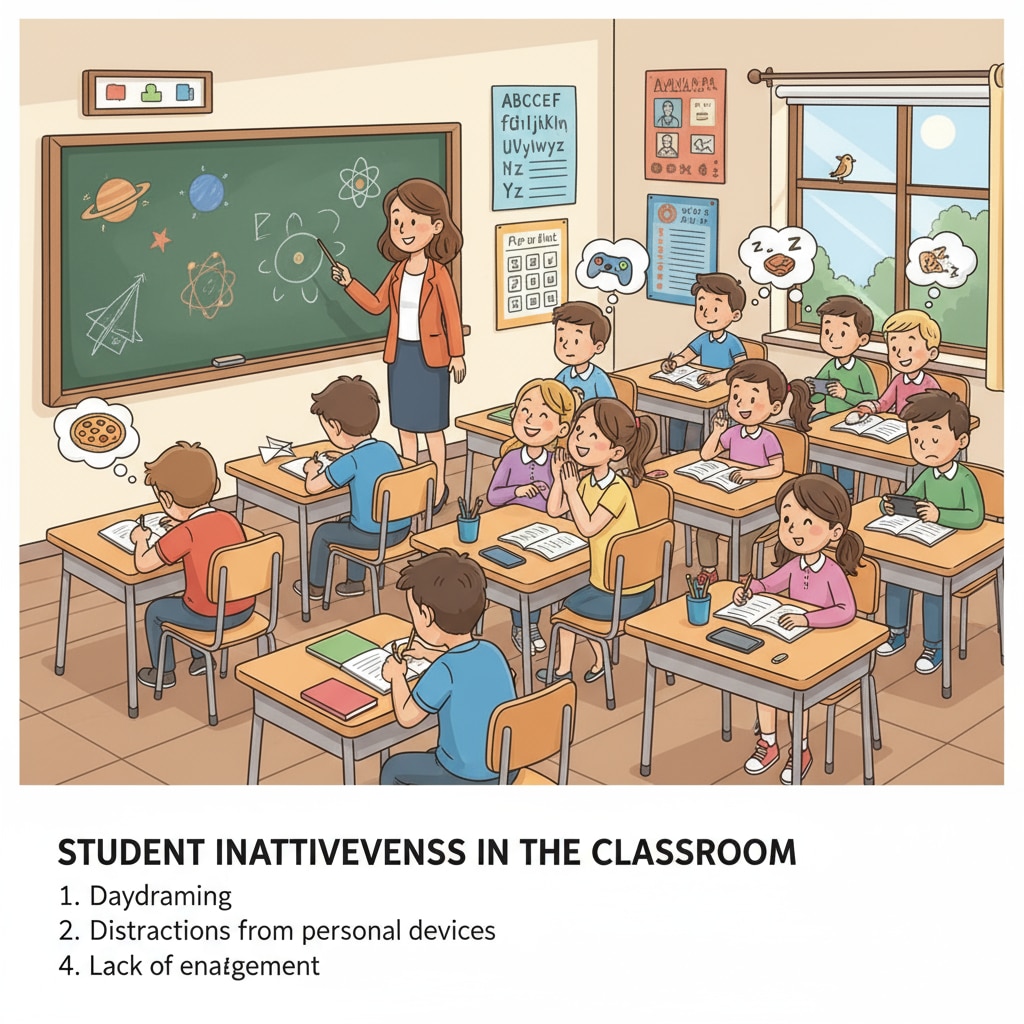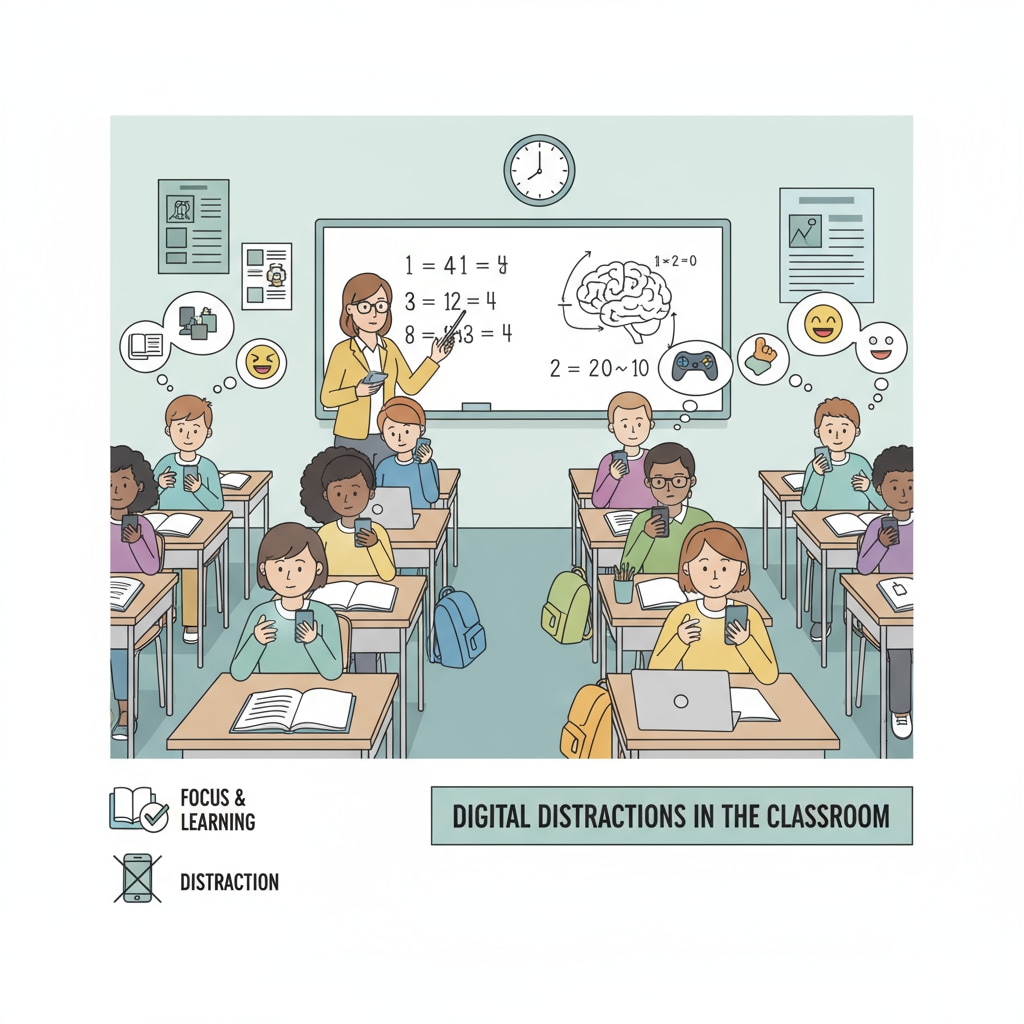In today’s fast-paced world, the issues of deep thinking, cognitive abilities, and inattentiveness among K12 students have become a matter of great concern. The decline in students’ capacity for deep thought is a challenge that educators and parents are grappling with.

The Impact of Digital Distractions on Cognitive Abilities
The digital age has brought with it a plethora of distractions. Smartphones, social media, and various digital apps are constantly vying for students’ attention. As a result, students find it increasingly difficult to focus and engage in deep thinking. For example, a study by PBS Nova has shown that excessive screen time can lead to shorter attention spans. This constant bombardment of information makes it hard for students to filter and process data effectively, hindering the development of their cognitive abilities.

Teaching Methods and Their Influence on Deep Thinking
Traditional teaching methods often focus on rote memorization rather than fostering critical thinking. Many classrooms still follow a lecture-based model, where students are passive recipients of information. However, this approach does not encourage students to think deeply, question, or analyze. In contrast, active learning methods such as project-based learning and group discussions can stimulate cognitive development. According to ASCD, these methods require students to actively engage with the material, promoting deeper understanding and thought.
To address these issues and help students regain their ability to think deeply, a multi-faceted approach is needed. Educators can design curricula that incorporate more hands-on activities and real-world problems. Parents, on the other hand, can limit their children’s screen time and create a conducive environment for focused study. By working together, we can reverse the trend of declining deep thinking and cognitive abilities among K12 students and overcome the problem of inattentiveness.
Readability guidance: The article uses short paragraphs to convey ideas clearly. Lists can be used in future sections to summarize key points. Passive voice is minimized, and transition words like ‘however’ and ‘for example’ are used to enhance flow.


